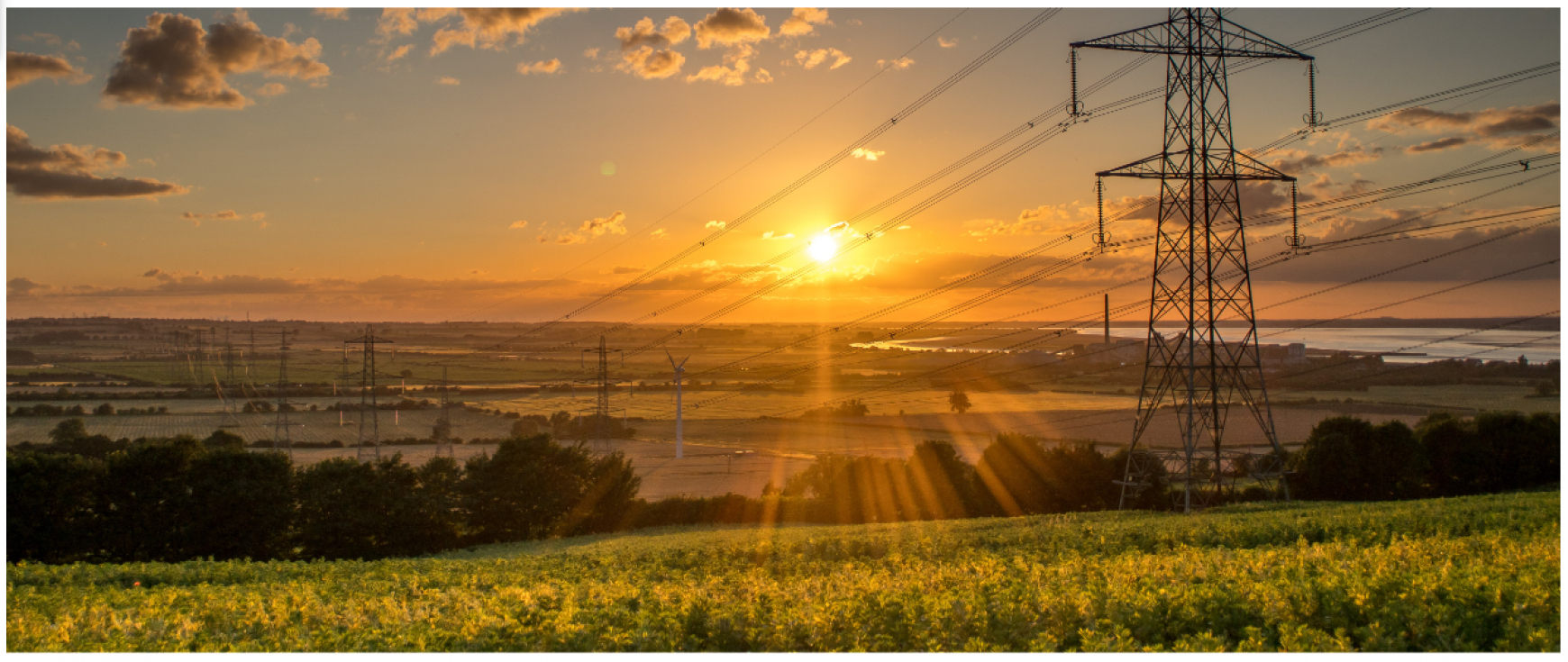At the end of 2019, when I was considering what direction the energy market would take in the next 12 months. I considered the usual unpredictable factors such as extreme weather, natural disaster, political unrest and issues with the economy. At no point did I think that 11 months down the line we’d be still living through a pandemic, nearing the end of a year that has tested the entire industry.
In March, along with the rest of the country, NFU Energy was faced with the unprecedented circumstances of COVID-19 and the country moving into lockdown. As well as moving from an office-based way of working to a home-based one, we were unsure of what COVID-19 could mean for contract procurement. In the contracts team, most of what we do relies on energy suppliers and movements in the energy market, so in this article, I will briefly cover some of the key challenges we’ve faced and those still on the horizon.
WHAT CHANGED FOR ENERGY SUPPLIERS?
In short, reduced customer service staff. Many suppliers had significant issues back in March when the initial lockdown rules came into force. Some of them had hundreds of staff but didn’t have the equipment available to have them all working from home immediately. This meant that they had to trim down to essential activities and prioritise vulnerable customers. The results of which meant that many customers with non-urgent queries were unable to get in touch with their suppliers effectively. Since March, most suppliers have managed to increase their numbers of remote workers with some even returning to the office. However, the potential of an increase in COVID-19 cases due to the winter and potential future lockdowns may well send things backwards slightly.
INCREASED RISK ADVERSITY
Another issue with suppliers is that lockdown and COVID-19 have had a detrimental financial impact. Many of them have had customers in the retail and leisure sectors struggle to pay their bills and some have even gone into administration. On top of this, a reduction in energy usage due to the lockdowns has left them having to reassess their forecasts for both purchased energy and third-party charges. As a result of these problems, many suppliers have had to make some big changes to their processes. These include harsher credit checking procedures as well as some of them making the tough decision to reopen customer contracts to include increases in third-party costs.
WHAT CAN WE EXPECT GOING FORWARD?
As we head further into the colder months, we are anticipating there to be a higher demand due to the need for heating increases. However, if lockdowns are extended the country could be oversupplied again. Also, the UK's withdrawal from the EU on 1 January 2021, is likely to not only include some new rules relating to energy in the future, but it could have an immediate effect on the economy which could reflect in energy prices too.
WHAT CHANGED IN THE MARKET?
Lockdown had some significant effects on the energy market which has suffered volatility since March. Here are some of the key factors we have seen since March:
- Throughout the spring reduced demand left the UK's liquified natural gas levels higher than anticipated.
- Oil production was reduced significantly by Saudi Arabia and Russia.
- The UK's nuclear output reduced to up to 40% at times due to planned and unplanned outages.
- The usual suspects of high temperatures in the summer increased demand for cooling.
- Hurricanes in the autumn on the Gulf of Mexico created pressure on the market.
If you would like to discuss any of these topics further, please call the team on 024 7669 8885.


